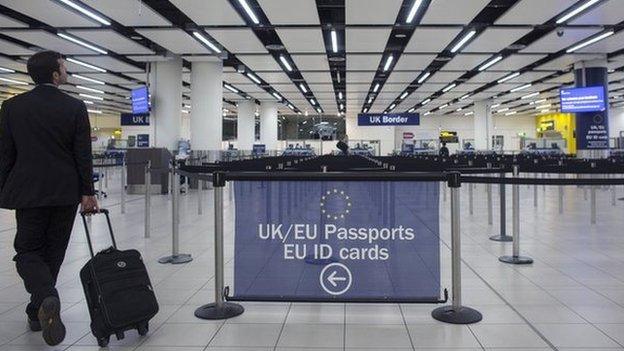EU referendum: Immigration impact on region
- Published
The issue of immigration into Yorkshire is not a new one.
In the 1950s West Indian families began moving into Leeds whilst people from India and Pakistan began to populate Bradford.
But the EU referendum has brought into sharp focus the issue of migration from Europe.
In order to have a meaningful debate on this issue, it is important that we understand the numbers. So, what do we know?
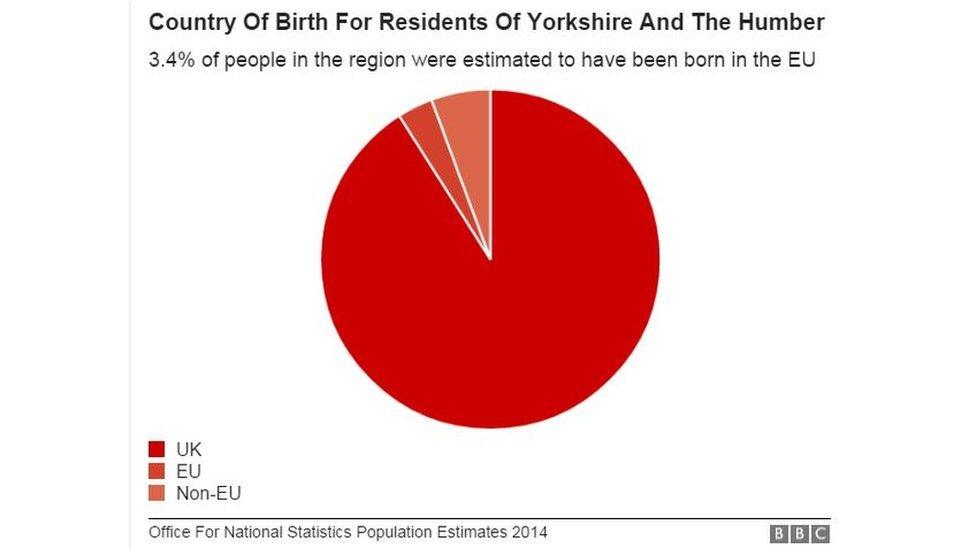
The latest estimates show that in 2014, 179,000 EU-born nationals were living in Yorkshire and the Humber. These are people born in one of the other 27 EU countries who have been living in the region for more than a year.
That's an increase of 42% from 2010 when 126,000 EU-born nationals lived in the region.
Compare that to the national picture where over the same period the number of EU-born nationals living in the UK as a whole has increased by 30%.
By any measure 42% is a big increase, but in a wider context EU-born nationals account for 3.4% of the region's overall population.
However, Yorkshire's history with immigration is represented in numbers that show there are more foreign-born nationals from outside the EU living here.
According to the Office for National Statistics (ONS) population estimates, external, in 2014 there were 298,000 people living in the region born outside the UK and the EU, representing 5.6% of Yorkshire and Humber's population.
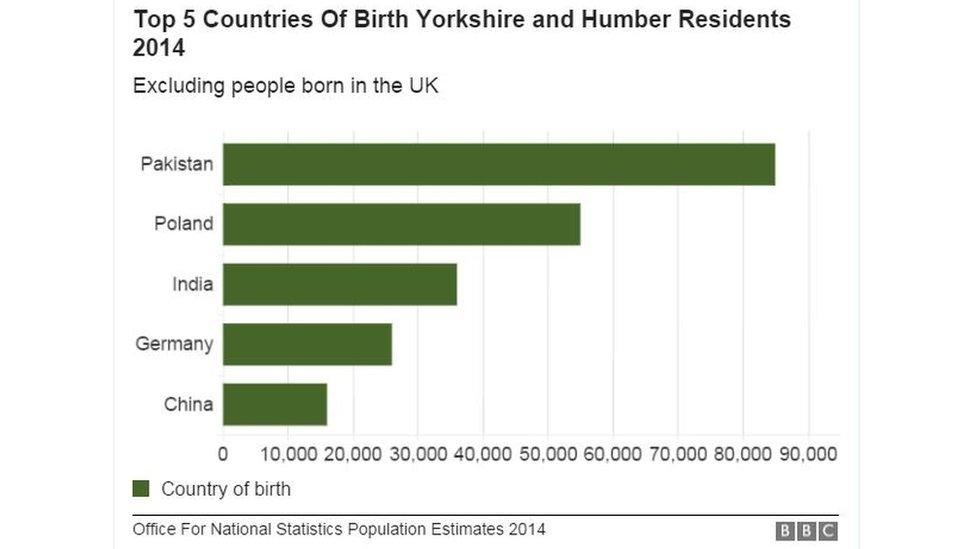
That data shows people born in Pakistan were the single biggest foreign-born cohort, numbering 85,000 people in 2014. Those born in Poland were the biggest group of people living in the region who were born within the EU, numbering 55,000.
However, with all these estimates it is important to remember they are just that - an estimate. Recent questions have been raised about the validity of the UK's immigration numbers with an ONS report showing that more EU migrants have got National Insurance numbers than have shown up in the immigration statistics.
So what has been the impact of immigration into our region? It's hard to put a specific number on the cultural and social impact but it's possible to get a snapshot of the economic effect.
For example, 14% of nurses working in the region's hospitals were born outside the UK, according to NHS data, external.
But to work legally here or to draw from the welfare state you need a National Insurance number.
The latest registration figures up until December 2015 show that in one year, 29,946 EU nationals in Yorkshire and the Humber registered for an National Insurance number. This figure will not, of course, pick up those working in what's known as the "black economy", often involving cash-in-hand jobs.
And there are concerns that more EU nationals entering the jobs market are driving down wages.

Mike Smith, who runs a carpet company in Leeds, says EU workers have had a negative impact on the amount he can earn.
"They are working for less money and a lot of employers are taking advantage of that."
There is evidence to show the wages of those working in retail and manual labour jobs across the UK have been negatively affected.
A Bank of England report, external last year found that in some low-skilled jobs a 10% increase in migrants resulted in a fall in wages for native workers of between 0.5% and 1.9%.
That might not sound a lot but for someone in a retail job earning £16,000 a year, a fall of 1.9% means potentially £300 in lost wages.
However, in the main, the majority of economic opinion says EU migration has had a positive impact on the region's economy. Research undertaken by the University College London, external claimed that inward migration from the EU had boosted the UK economy by £20bn.

Gary Rogers said Brexit would be "commercial suicide" for his business
Gary Rogers, who owns a restaurant in Skipton, supports this.
"We've been employing good workers from the EU for about 12 to 13 years. I don't see any supply of workers being readily available in the UK. Our biggest problem is British people don't regard catering or hospitality as a desirable career."
So what would change if the UK left? Would we see a fall in the number of people arriving in the region from the remaining members of the European Union?
The group Migration Watch has suggested, external leaving the UK would see net migration fall by "perhaps 100,000 a year from the current level of 180,000".
At this stage, however, we can't definitely predict what would happen. A future UK government might be able to impose restrictions on European migrants coming to the UK.
And at the same time it's possible that, like Norway, which is outside the EU, to gain access to the single market as part of a new trade deal the UK might have to accept the continued free movement of people from the remaining EU countries.
Given what we know about the current population of Yorkshire and the Humber, in or outside of the European Union, some communities across our region will remain ethnically and socially diverse.
- Published30 December 2020
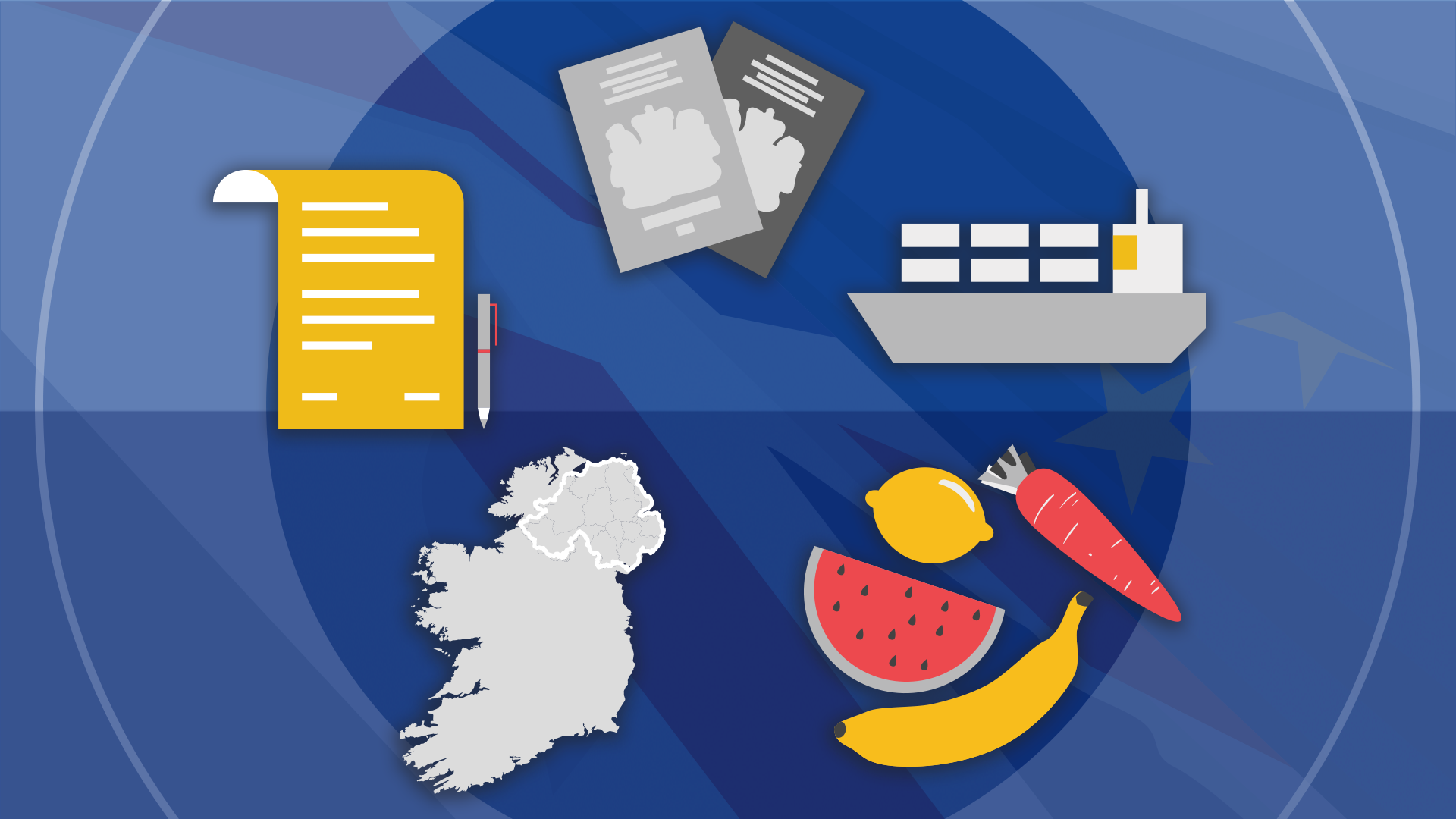
- Published12 May 2016
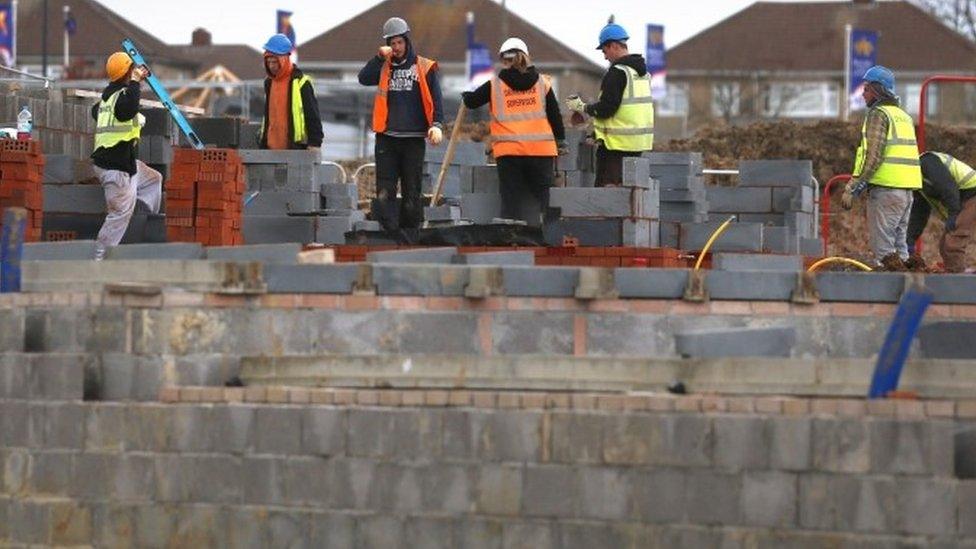
- Published11 May 2016
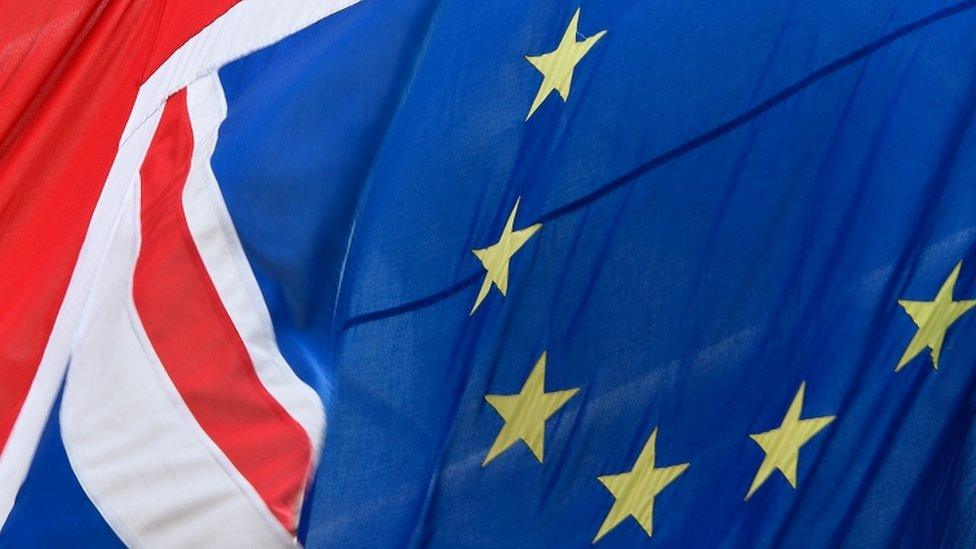
- Published27 January 2016
